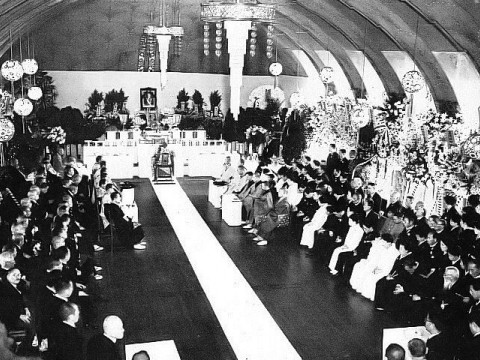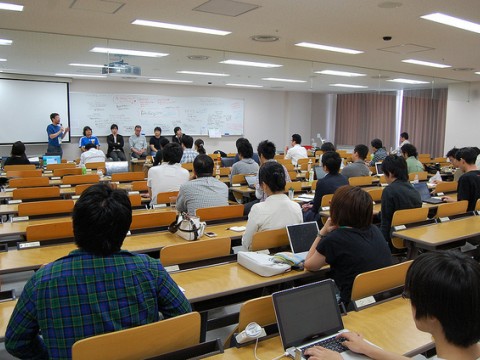Internal Factors Affecting Toyota
Toyota is among the world’s major companies in the motor industry.
For a long time, the company has maintained the top position in the industry, selling over 9.4 million vehicles annually worldwide, ahead of Volkswagen and General Motors. Despite the company’s dominance, Toyota experiences several negative business factors both internally and externally. In light of resource-based theory, this paper provides an analysis of the organization, its competitive status using the VRIO framework and further recommendations on the issues it faces.
Internal Factors Affecting Toyota
Internal factors are the very elements that are close and immediate to a company’s operation, having a direct impact on the organization’s performance. Toyota has experienced resource challenges over its years of production, especially a financial resource problem during the 2008 economic downturn. As a result of the crisis, the company was forced to cut down many of the personnel which in turn reduced the production capacity. Human resource is another major resource factor in the business, where management of the workers remains in question over a long time.
Regarding capabilities, challenges include responding to all the queries and problems that the customers face all over the world, which has cost the organization heavily. The company is located in Japan, a region that is highly prone to earthquakes and floods. As a result, there is no capability of preventing damages and losses in case such disasters strike. Also, there is a capability challenge of satisfying the growing demand in the market every day all over the world, as the company can only produce in line with the resources available.
Finally, design can be called an issue in Toyota’s competences. The recent products like Alfard model possess a highly doubtable look that makes one question the company’s taste. This strongly affects Toyota’s sales and reputation, thus the HR and marketing departments probably work not well.
VRIO Framework
For a firm to maintain its competitive advantage over the others in the same industry, four points of VRIO framework must be adhered to: value, rarity, organization and imitability. From its establishment, Toyota Company has proved to maintain its production costs lower than many of the competitors in the industry. The firm has been able to do this through the use of cheap but quality raw materials in the production process, as well as the highly qualified human resource making it valuable. Many companies worldwide across industries apply the use of just-in-time production. However, Toyota’s methodology is different from the rest of the firms, making it a rare company in the motor industry. From its history, we can confidently say that the company is inimitable, given that over the years, many organizations have tried to recreate the system with no success of doing it efficiently. Finally, since its establishment in the 1960’s, Toyota Company has been operating in an organization system while perfecting it in the process. With all these qualities in check, we can therefore confidently conclude that Toyota operates in a sustained competitive advantage.
Conclusion and Recommendations
Toyota Motor Corporation is among the leading companies in the motor industry, worldwide. The organization has faced several challenges from the time it was established up to now. These problems, which are mainly related to the internal environment of the company, have resulted in various disadvantages, impacting the company’s reputation. From the VRIO framework analysis, it is evident that the organization operates in a sustained competitive advantage. I would, therefore, be wise to recommend that an improved management of the human resources be implemented to avoid poor output which would somewhat affect the company’s performance. I also recommend the establishment of several stores and assembly centers out of Japan, to avoid the risks of the earthquake and floods pandemics. Finally, the company will increase its competence through creativity and innovation in the production of their cars unlike other firms in the industry.
This text is written by Ian Myles who is a writing editor at https://writer-elite.com/

MoralezM
Canada










